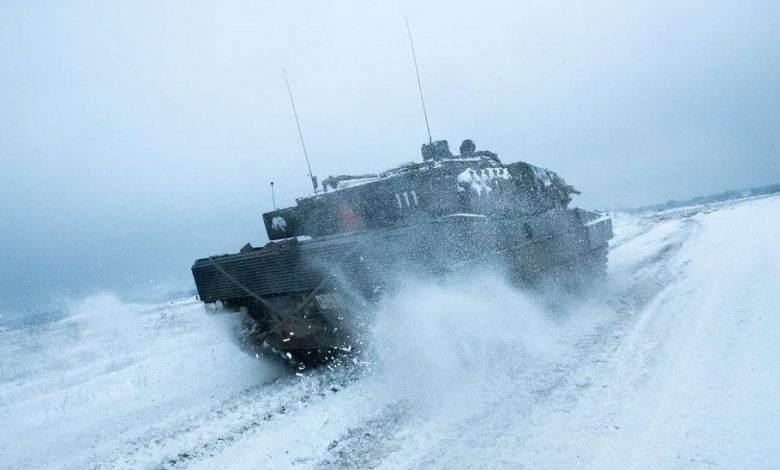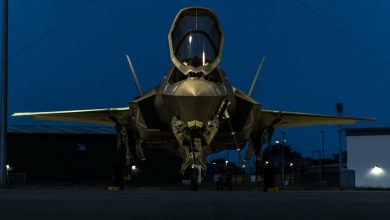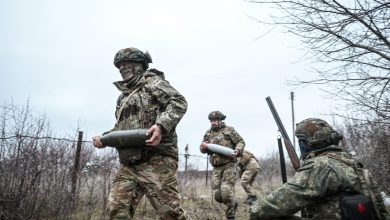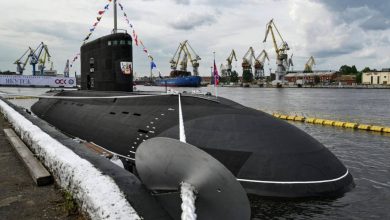NATO rapid-response force leadership passes to Germany in wake of armor failures

The German army is about to take the lead of the NATO quick reaction force, shortly after reports of armored vehicle failures that raised concerns about its contributions to the military alliance.
The Germans replace France’s leadership of the force. Earlier this month, Germany announced that its Puma infantry vehicles slated for the NATO mission were unreliable after several were forced out of service during exercises.
Defense Minister Christine Lambrecht called the news a “major setback” in a Dec. 19 statement.
Despite the problems, she sounded a note of reassurance to fellow alliance members.
“NATO, our allies can rely 100% on the commitments made by Germany,” Lambrecht said during a recent visit to Slovakia, as quoted by the AFP news agency.
The spearhead unit, formally known as the Very High Readiness Joint Task Force, was activated for the first time in its history as a result of Russia’s unprovoked full-scale invasion of Ukraine on Feb. 24. It was formed in 2014 after Russia’s initial armed land grab in Ukraine.
The task force ultimately falls under the command of U.S. Army Gen. Christopher Cavoli, NATO’s supreme allied commander.
It maintains thousands of troops on standby, with a mission to be ready to deploy within days. But for years, the unit operated without a real-world tasking.
That changed in February, when elements of the task force deployed to Romania on its first collective-defense mission.
“As Russia’s illegal war in Ukraine continues to threaten peace and security in Europe, there must be no doubt about NATO’s resolve to protect and defend every inch of allied territory,” NATO spokeswoman Oana Lungescu said in a statement Wednesday.
In mid-December, the German magazine Der Spiegel reported that 18 Puma armored vehicles intended for NATO’s quick reaction force weren’t operational after problems arose during a firing exercise. The Germans are expected to use older Marder vehicles instead.
NATO is confident that the Germans are prepared for the mission, Lungescu said.
The German-led force will consist of about 11,500 troops, with the German Panzergrenadierbrigade 37 as its core element, NATO said.
Eight other allies — Belgium, the Czech Republic, Latvia, Lithuania, Luxembourg, the Netherlands, Norway and Slovenia — also will contribute troops.
The unit is carved out of NATO’s larger response force of 40,000 troops. NATO also is considering plans to dramatically expand the size of that overarching unit.
During NATO’s June summit in Madrid, Secretary-General Jens Stoltenberg said allies intend to grow the overall reaction force to 300,000 troops. A timeline for putting that plan into action hasn’t been announced.





